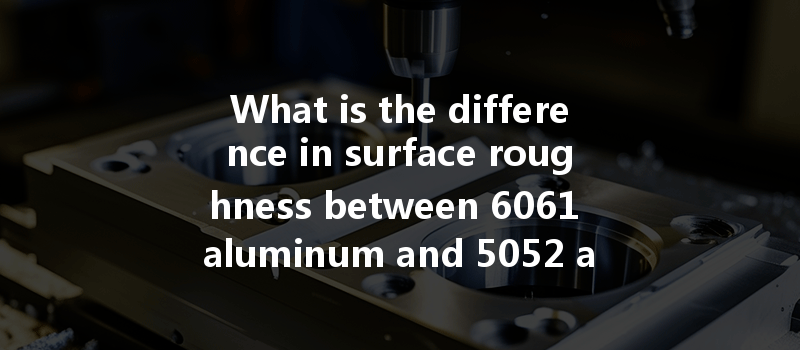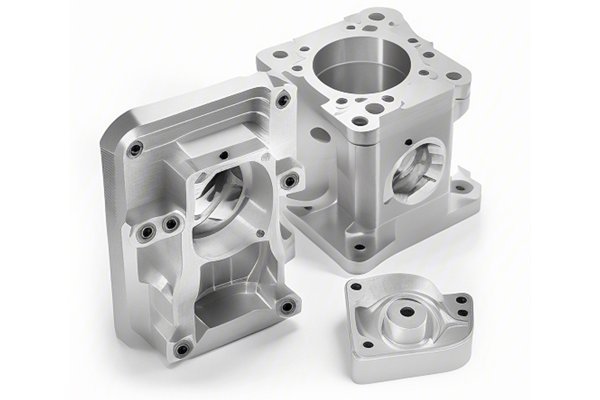Did you know that aluminum is one of the most widely used metals in the world, with over 60 million tons produced annually? Its versatility and lightweight properties make it a favorite in various industries, from aerospace to automotive. However, not all aluminum alloys are created equal, especially when it comes to CNC machining. In this blog, we will delve into the differences in surface roughness between two popular aluminum alloys: 6061 and
The Importance of Surface Roughness in CNC Machining
Surface roughness is a critical factor in CNC machining that affects the performance, aesthetics, and functionality of machined parts. It refers to the texture of a surface, which can be quantified using various parameters, such as Ra (average roughness), Rz (average maximum height of the profile), and others. A smoother surface often leads to better performance, reduced friction, and improved corrosion resistance. In contrast, a rougher surface may be more prone to wear and tear, affecting the longevity of the part.
Key Factors Influencing Surface Roughness
Comparing 6061 Aluminum and 5052 Aluminum
6061 Aluminum: This alloy is primarily composed of aluminum, magnesium, and silicon. It is known for its excellent mechanical properties, good weldability, and corrosion resistance. 6061 is often used in structural applications, automotive parts, and aerospace components.
5052 Aluminum: This alloy contains aluminum, magnesium, and a small amount of chromium. It is known for its excellent corrosion resistance, particularly in marine environments, and is often used in applications requiring good formability, such as fuel tanks and pressure vessels.
When it comes to CNC turning, the surface roughness of 6061 and 5052 aluminum can differ significantly due to their unique compositions and mechanical properties.
When machining these two alloys, it is essential to consider the following factors to achieve optimal surface roughness:

Detailed Solutions for Achieving Optimal Surface Roughness
Choosing the appropriate cutting tools is vital for achieving the desired surface finish. For aluminum machining, consider the following:
To achieve the best surface roughness, it is essential to optimize the following parameters:
Using the right coolant can significantly impact surface roughness. Consider the following strategies:
Maintaining cutting tools is crucial for achieving consistent surface quality. Regularly inspect and sharpen tools to ensure they are in optimal condition. Dull tools can lead to increased cutting forces and poor surface finishes.
In summary, understanding the differences in surface roughness between 6061 and 5052 aluminum is essential for manufacturers and engineers involved in CNC machining. By considering material properties, optimizing machining parameters, selecting the right tools, and implementing effective coolant strategies, it is possible to achieve superior surface finishes for both alloys.
As we have explored, the choice between 6061 and 5052 aluminum can significantly impact the surface quality of machined parts. This knowledge is not only valuable for improving product performance but also for enhancing overall manufacturing efficiency.
In conclusion, the importance of surface roughness in CNC machining cannot be overstated. It affects not only the aesthetics of the final product but also its functionality and longevity. By applying the techniques discussed in this blog, manufacturers can ensure that they are producing high-quality parts that meet the demands of their industries. Remember, investing time and resources into understanding and optimizing surface roughness is a crucial step toward achieving excellence in CNC machining.






